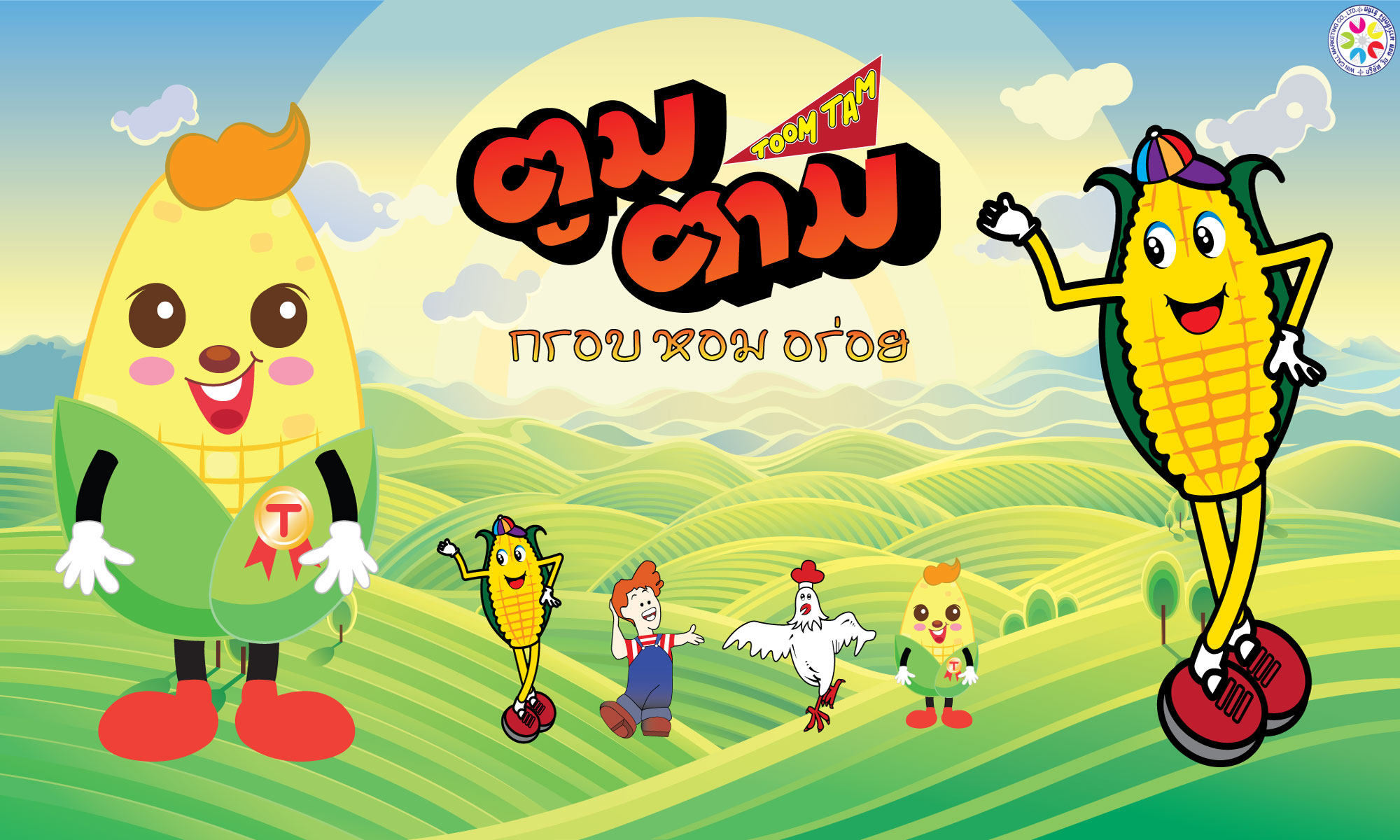If you’re scanning this, it simply happened once again. Now, an editor might be planning to issue an apology or a stern rebuttal. Someone’s body and reputation of work is being scrutinized. And a bunch of self-appointed fact-checkers can be sentence that is plugging phrase into Bing for almost any traces of dishonesty. This, a journalist has been accused of what Poynter’s Roy Peter Clark calls “the unoriginal sin”: plagiarism if you’re reading.
Plagiarism is a severe charge. If real, it offers the possibility to upend a vocation and mar a journalist’s track record of life.
And yet, in today’s world of aggregated news, plagiarism can be an imprecise term that stands for a spectral range of offenses linked to unoriginal work. And its particular severity varies dramatically based on a variety of circumstances.
Therefore before you hop on Twitter to excoriate or protect the media’s best professional essay writers latest alleged idea thief, just take a minute to debate listed here list to ascertain on your own perhaps the costs are real. Additionally, you can easily cut fully out and take a screenshot of your plagiarism flowchart for editors.
- Is a number of the language when you look at the article unoriginal? could be the main concept of the tale unoriginal? Inside the 2007 dissertation on plagiarism in magazines, Norman Lewis put forth listed here definition of plagiarism: “Using some body else’s terms or initial tips without attribution.” This meaning, he claims, centers around the work of plagiarism it self and disregards questions of intent. Set up journalist designed to plagiarize is just concern most readily useful reserved for determining the seriousness of the criminal activity, maybe maybe maybe not for establishing whether or not it took place.
- Did the author are not able to trigger language that is unoriginal some ideas with quote markings? Attribution is the contrary of plagiarism, Lewis claims, while the clearest indicator of attribution is quotation markings, accompanied by a citation. The nationwide Summit to Fight Plagiarism and Fabrication place it that way: “Principled professionals credit the task of other people, dealing with other people while they wish to be treated by themselves.”
- Does the author neglect to attribute the work with other method, such as for example a paraphrase with credit? A paraphrase can be used to conceal plagiarism without proper credit. As Lewis writes, “treating paraphrasing being a plagiarism panacea ignores the fact somebody who cribs from someone else’s work is still cribbing, even she is adept at rewording. if he or”
- Did the author lift significantly more than seven terms verbatim from another supply? The 7- to 10-word threshold is a useful guideline, said Kelly McBride, Poynter’s vice president of academic programs for editors and readers trying to evaluate cases of plagiarism. The fundamental concept is the fact that it is difficult to incidentally reproduce seven consecutive words that appear in another author’s work. It is not a rule that is absolute however — both McBride and Lewis acknowledge that there’s no easy equation to find out exactly exactly just what comprises plagiarism.
Then the accusations being hurled around on Twitter are at least partially right; there’s a legitimate case of unoriginal work masquerading as fresh content if you answered вЂyes’ to all the questions above. But it plagiarism, remember that there might be a more nuanced word for what’s being discussed before you call. Plagiarism.org lists 10 kinds of thievery, each along with their own levels of extent, and iThenticate, a plagiarism detection solution, lists five extra forms of lifting with its summary on plagiarism in research.
Here’s a sampling of some writing that is unoriginal might encounter:
- Self-plagiarism: The outing of Jonah Lehrer, probably the most prominent self-plagiarizers in present memory, moved down a debate that is vigorous whether authors who recycle unique work without acknowledging its unoriginality are bad of plagiarism or some reduced fee. Poynter vice president and scholar that is senior Peter Clark, along side New York instances criteria editor Phil Corbett states “self-plagiarism” ought to be called something different; composing prior to the Lehrer event, Lewis stated self-plagiarism was “less an ethical infraction than a possible breach of ownership legal rights.” McBride likened Lehrer’s duplications that are duplicitous a boyfriend whom “recycles similar apparently spontaneous intimate moments on a succession of times.” Reuters media critic Jack Shafer contends which you can’t take from your self.
- Patchwriting: If the author did copy that is n’t, she or he can be responsible of intellectual dishonesty — even when they credit the origin. Reporters who craft paraphrases that mirror the exception to their source material of some jumbled-up terms are perpetrators of “patchwriting,” which McBride describes as “relying too greatly regarding the language and syntax regarding the supply product.” Clark contends that this can be a smaller cost than plagiarism if your author credits their supply. McBride has called it “just as dishonest” as plagiarism.
- Exorbitant aggregation: Rewriting a whole article, despite having appropriate credit (or an obligatory h/t), is a kind of appropriation. Plagiarism.org listings aggregation without initial some ideas among the minimum serious types of plagiarism since it will not deceive visitors in regards to the way to obtain the knowledge. a yes solution to avoid exorbitant aggregation is always to transform the initial work with the addition of value to it, McBride stated.
- Tip theft: Relying too greatly on another journalist’s initial tale a few ideas and principles is “quite typical in journalism and never intellectually truthful,” McBride stated. This might occur whenever a reporter sets off to “match” an account by interviewing the sources that are same acknowledging the headlines was reported somewhere else.
Still unsure whether something had been plagiarized? A flowchart was made by us to assist you determine. Click the image below for a PDF you can easily cut fully out and keep nearby when it comes to time that is next encounter dubious content.
